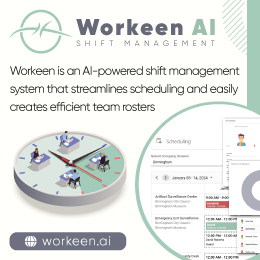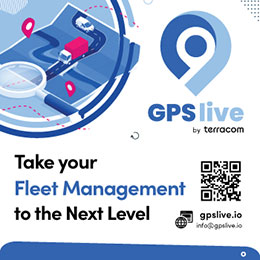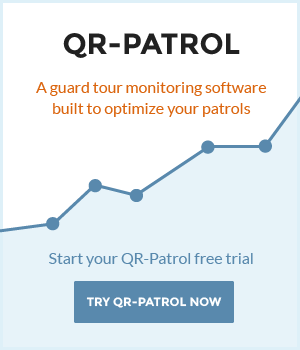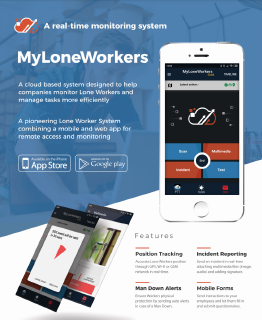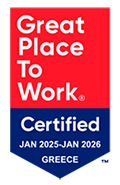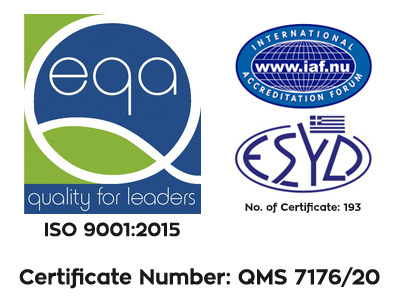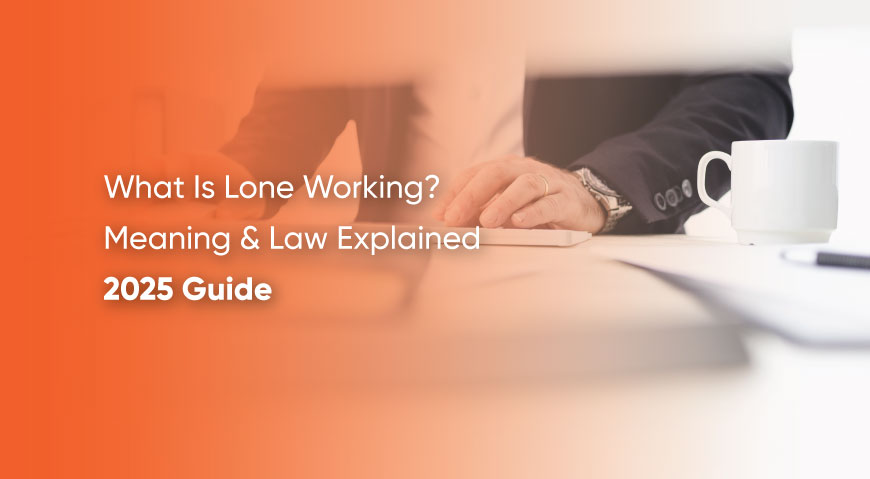
What Is Lone Working? Meaning, Examples, and Legal Responsibilities in 2025
Table of Contents
- What Is Lone Working? Definition and Overview
- Lone Working Meaning: Who Qualifies as a Lone Worker?
- Lone Working Examples Across Industries
- Lone Working Law: Employer and Employee Duties in 2025
- How Technology Ensures Compliance and Lone Worker Safety
- Why Choose MyLoneWorkers for Lone Working Compliance
- Top Safety Features That Support Lone Working Law Compliance
- Final Thoughts: The Future of Lone Working Safety
As modern workplaces evolve, more employees are performing their duties independently — without direct supervision or colleagues nearby. These individuals, known as lone workers, face unique challenges that require dedicated protection, monitoring, and legal compliance.
In this guide, we’ll answer key questions such as “What is lone working?”, explain lone working meaning, explore real-world examples of lone working, and summarize lone working law across the UK and EU in 2025.
We’ll also show how advanced solutions like MyLoneWorkers help organizations meet these legal responsibilities and protect employees working alone.
What Is Lone Working? Definition and Overview
Lone working refers to situations where an employee performs job tasks without direct or close supervision. In other words, a lone worker is someone who works alone or in isolation, with limited access to immediate assistance should an incident occur.
Typical examples include security guards working night shifts, maintenance engineers in remote facilities, or delivery drivers covering long routes.
Key Characteristics of Lone Working:
- Employees operate without direct supervision or co-workers present
- Communication may rely solely on devices such as phones or mobile apps
- The worker’s safety depends on effective risk management and monitoring systems
- Tasks are often performed in remote, unpredictable, or hazardous environments
While lone working offers flexibility and efficiency, it also increases potential risks — including health emergencies, accidents, or assaults. Therefore, understanding the meaning of lone working and the lone working law is vital for both employers and employees.
Lone Working Meaning: Who Qualifies as a Lone Worker?
The lone working meaning extends to anyone who spends part or all of their working hours without close contact with others. Lone workers can be found in nearly every industry, from construction to healthcare.
Below are the most common categories of lone workers:
1. Fixed-Site Lone Workers
Employees who work alone at a specific location, such as:
- Security officers guarding premises overnight
- Retail or petrol station staff working late shifts
- Cleaners operating outside normal hours
2. Mobile Lone Workers
Workers who travel between sites or clients:
- Maintenance technicians and utility engineers
- Delivery and logistics drivers
- Sales representatives and field inspectors
3. Remote and Home-Based Workers
Those working from home or off-site locations, often communicating only digitally:
- IT professionals
- Consultants
- Remote administrative employees
4. Community and Health Sector Workers
Professionals interacting with clients outside controlled environments:
- Healthcare practitioners
- Social workers visiting patients or clients
- Caregivers assisting vulnerable individuals
Employers must recognize that even short periods of isolation can qualify someone as a lone worker — which makes understanding and implementing lone working law essential.
Lone Working Examples Across Industries
Lone working appears in diverse industries where employees operate independently. Recognizing these roles helps employers conduct effective risk assessments and deploy appropriate safety measures.
Security and Facilities Management
Security guards often patrol buildings or respond to alarms alone, especially at night. Their duties involve high-risk scenarios, making instant communication crucial.
Construction and Maintenance
Electricians, plumbers, and maintenance engineers frequently work solo in confined or remote spaces. Without proper monitoring, delays in responding to incidents can lead to serious harm.
Healthcare and Social Care
Nurses, community carers, and social workers visit patients’ homes independently. They need real-time check-in systems and emergency alerts for personal protection.
Transportation and Logistics
Drivers and couriers travel long distances, often through isolated areas. GPS tracking and welfare checks ensure their continuous safety on the road.
Retail and Hospitality
Workers managing small shops, hotels, or cleaning services during off-hours may face increased exposure to theft, harassment, or accidents.
Across all these industries, lone working demands proactive safety management and compliance with lone working laws.
Lone Working Law: Employer and Employee Duties in 2025
Understanding Lone Working Law
Lone working law outlines the legal responsibilities employers have to protect lone workers from foreseeable risks. While there is no single “Lone Working Act,” existing health and safety legislation clearly applies to lone workers.
In the UK, these include:
- Health and Safety at Work etc. Act 1974 – Employers must ensure employees’ health, safety, and welfare.
- Management of Health and Safety at Work Regulations 1999 – Employers must assess and control risks related to lone working.
- Corporate Manslaughter and Corporate Homicide Act 2007 – Holds companies accountable for fatal safety failures.
In the EU, equivalent duties are covered under the Framework Directive 89/391/EEC, requiring employers to prevent occupational risks and inform workers of hazards.
Employer Responsibilities Under Lone Working Law
Employers must take reasonable steps to protect lone workers. These include:
- Conduct Risk Assessments: Identify hazards specific to lone working (e.g., isolation, environmental risks, violence).
- Implement Safe Systems of Work: Create policies that outline communication procedures, check-ins, and emergency actions.
- Provide Training and Equipment: Ensure workers know how to handle emergencies, use safety devices, and report incidents.
- Monitor and Supervise: Use technology to maintain visibility of worker status, even in remote locations.
- Establish Emergency Response Plans: Guarantee rapid assistance during incidents or accidents.
Employee Responsibilities
Employees also have obligations under lone working law, such as:
- Following company safety policies and reporting hazards
- Using monitoring tools or lone worker devices correctly
- Participating in health and safety training
- Communicating regularly with supervisors
Failure to comply with these laws can result in legal penalties, financial losses, and, most importantly, serious harm to staff.
How Technology Ensures Compliance and Lone Worker Safety
In 2025, technology plays a key role in helping organizations meet lone working law requirements. Cloud-based systems and mobile apps offer real-time tracking, instant communication, and automated alerts — ensuring no worker is ever truly “alone.”
Introducing MyLoneWorkers
MyLoneWorkers is a comprehensive cloud-based workforce management system designed to safeguard lone workers in field operations and services. It enhances employee protection, boosts productivity, and ensures regulatory compliance through advanced automation and reporting tools.
The system includes a web platform and a mobile application (available on Android and iOS), making it ideal for any organization managing remote or mobile teams.
How MyLoneWorkers Works
- Smart Checkpoints: Workers scan NFC, QR, or Beacon tags at specific locations, instantly transmitting data to the monitoring center.
- Live Monitoring: Supervisors can track locations, incidents, and welfare status in real time.
- Instant Alerts: In emergencies, pressing the SOS or BLE panic button sends an immediate alert with GPS details.
- Automated Welfare Checks: The system schedules timed safety confirmations and alerts managers if a check is missed.
- Data Integration: Each report includes notes, photos, and timestamps to improve accuracy and accountability.
Why Choose MyLoneWorkers for Lone Working Compliance
Choosing MyLoneWorkers gives organizations peace of mind that their lone working law obligations are met while ensuring every employee’s safety.
Key Benefits:
- Comprehensive Protection: Covers all lone worker scenarios — from field service to security operations.
- Instant SOS & Man Down Alerts: Enables fast emergency response.
- Cloud-Based Infrastructure: No installation costs, quick setup, and global accessibility.
- AI Assistant: Managers can instantly retrieve safety reports using simple language queries.
- Work Order & Issue Management: Centralized control of incidents and tasks.
- Customizable Fields: Adapt the platform to your company’s specific needs
- Geofencing & Trail Workers: Real-time mapping of routes and automatic alerts for location deviations.
Top Safety Features That Support Lone Working Law Compliance
- Man Down Alerts: Automatically detects falls or inactivity, sending instant notifications to the monitoring team.
- External BLE SOS Button: Allows workers to send alerts without touching their phone.
- Welfare Check: Ensures regular safety confirmations through scheduled prompts.
- SafePass: Offers dedicated protection for VIPs or high-risk individuals.
- Geofence Alert: Tracks worker presence within designated safe zones.
- AI Reporting: Provides instant data-driven insights for compliance audits.
These tools empower organizations to fulfill their legal duties and build a proactive safety culture.
Final Thoughts: The Future of Lone Working Safety
Understanding what lone working is, its meaning, and the laws governing it is essential for any organization employing remote or unsupervised staff.
In 2025, compliance with lone working law goes beyond simple risk assessments — it’s about continuous monitoring, rapid response, and digital accountability.
By adopting advanced safety platforms like MyLoneWorkers, companies can:
- Protect their lone workers in real time
- Simplify legal compliance
- Boost operational efficiency
- Demonstrate genuine commitment to worker welfare
Protect your lone workers today Book a demo with us today or contact our team to see how MyLoneWorkers transforms lone worker safety and compliance into a seamless, intelligent process.

